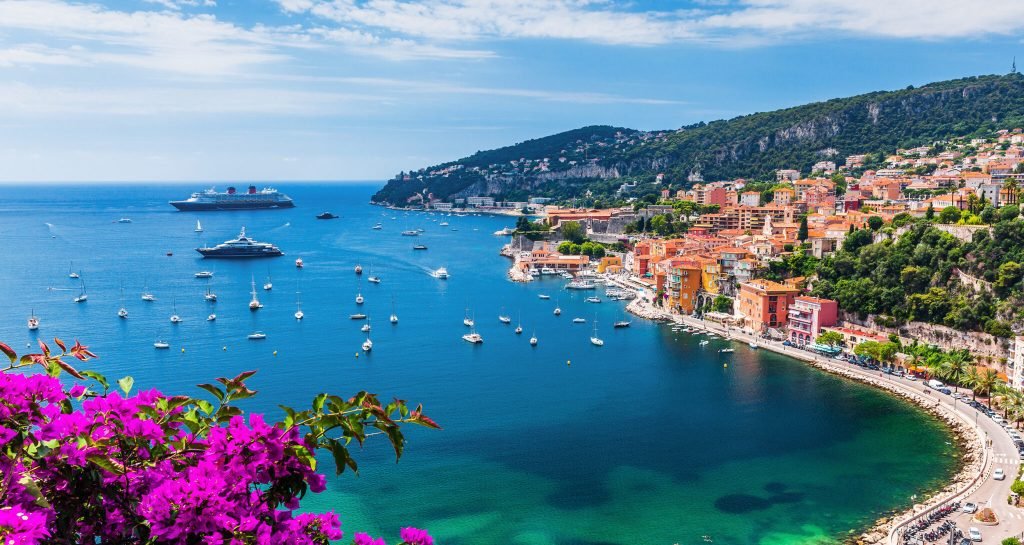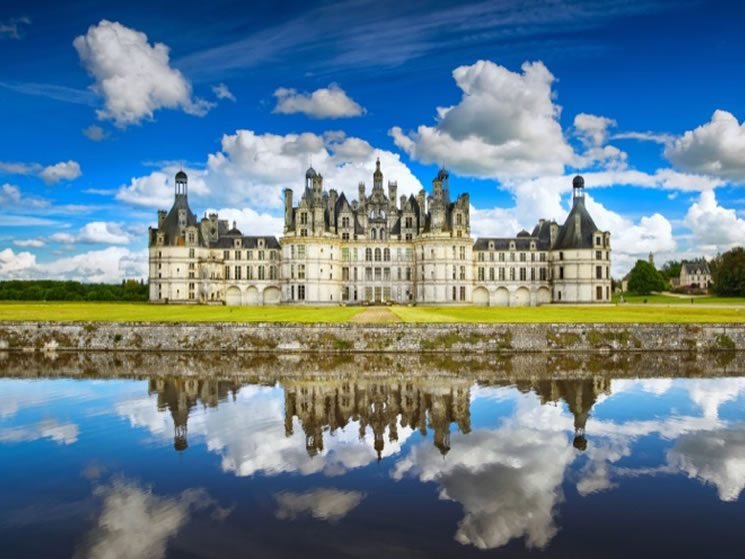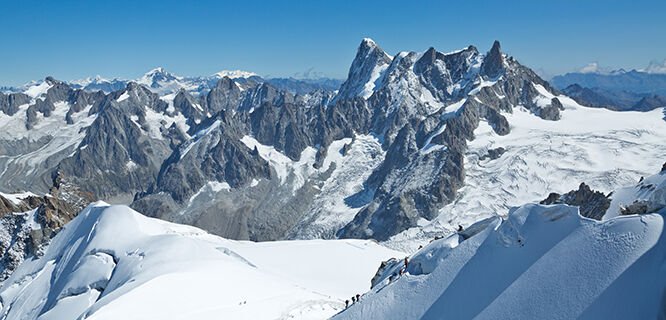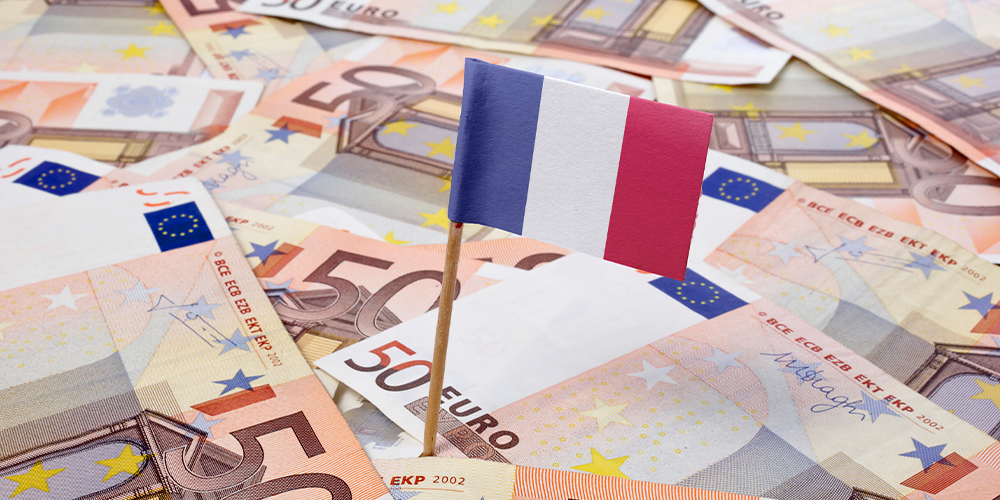
France’s Tourism’s Rapid Boom.
France, renowned for its rich history, stunning architecture, delectable cuisine, and diverse landscapes, has long been a top destination for travelers worldwide. In recent years, however, the country has experienced an unprecedented surge in tourism, with a staggering 10 lakh (1 million) tourists visiting in the past year alone. This influx marks a significant milestone in France’s tourism industry, reflecting the country’s enduring appeal and its ability to captivate the imaginations of visitors from around the globe.
France’s Tourism’s Rapid Boom: Timeless Appeal and New Attractions.

France’s appeal as a tourist destination is multifaceted. The country offers something for everyone, from the romantic streets of Paris and the glamorous French Riviera to the historic castles of the Loire Valley and the picturesque villages of Provence. For many, France is synonymous with cultural enrichment, offering world-class museums, art galleries, and historical landmarks like the Eiffel Tower, the Louvre, and Notre-Dame Cathedral.
However, the recent surge in tourism is not just due to the timeless appeal of these iconic sites. France has made significant efforts to enhance its tourism offerings, investing in infrastructure, promoting lesser-known regions, and creating new attractions that appeal to modern travelers. The growing popularity of sustainable tourism, culinary experiences, and cultural festivals has also contributed to this boom, attracting a more diverse and adventurous group of tourists.
Paris: The Heart of French Tourism.

Paris, the capital city, remains the beating heart of France’s tourism industry. Often referred to as “The City of Light,” Paris is a global center for art, fashion, gastronomy, and culture. The city’s blend of historical monuments, such as the Eiffel Tower, the Louvre, and the Arc de Triomphe, along with its vibrant neighborhoods like Montmartre and Le Marais, continues to draw millions of visitors each year.
In recent years, Paris has also embraced modernity, with new attractions like the Louis Vuitton Foundation and the revitalization of the Seine Riverbanks, which now offer pedestrian-friendly spaces filled with cafes, bars, and cultural events. Additionally, the city’s hosting of major international events, such as Paris Fashion Week, the French Open, and the upcoming 2024 Summer Olympics, has further solidified its status as a top global destination.
France’s Tourism’s Rapid Boom: Exploring France’s Diverse Regions.
While Paris remains a primary draw, France’s diverse regions have played a crucial role in the country’s tourism growth. The government and regional tourism boards have actively promoted lesser-known areas, encouraging tourists to explore beyond the capital.
The French Riviera and Provence.

The French Riviera, with its sun-soaked beaches, luxury resorts, and glamorous cities like Nice and Cannes, continues to be a magnet for wealthy travelers. However, the region has also attracted a broader audience with its picturesque villages, stunning landscapes, and cultural attractions.
Provence, famous for its lavender fields, vineyards, and charming hilltop towns, has seen a resurgence in tourism, particularly among those seeking a more relaxed and authentic French experience. The region’s cuisine, which emphasizes fresh, local ingredients, has also become a significant draw, with tourists flocking to markets, restaurants, and cooking schools to experience Provençal flavors.
The Loire Valley and Normandy.

The Loire Valley, often called the “Garden of France,” is renowned for its fairytale castles, rolling vineyards, and historic towns. This region has increasingly attracted tourists interested in history, wine tasting, and outdoor activities like cycling and hot air ballooning. The UNESCO World Heritage-listed Châteaux of the Loire Valley, including Chambord, Chenonceau, and Amboise, are major highlights that showcase the grandeur of French Renaissance architecture.
Normandy, with its dramatic coastline, historic sites like the D-Day beaches, and picturesque villages such as Honfleur, has also seen a rise in tourism. The region’s rich history, combined with its natural beauty, makes it a popular destination for both history enthusiasts and nature lovers.
The Alps and Alsace.

The French Alps, known for their world-class ski resorts and stunning alpine scenery, have long been a favorite destination for winter sports enthusiasts. However, the region has successfully marketed itself as a year-round destination, offering hiking, mountain biking, and wellness retreats during the summer months. This has helped to attract a new wave of tourists looking for adventure and outdoor activities.
Alsace, with its unique blend of French and German culture, is another region that has benefited from the tourism surge. The region’s picturesque villages, such as Colmar and Strasbourg, famous for their half-timbered houses and Christmas markets, have become increasingly popular, particularly among European tourists.
France’s Tourism’s Rapid Boom: Culinary Tourism.

France’s culinary heritage is legendary, and food tourism has become a significant driver of the recent surge in visitors. Travelers are increasingly seeking authentic culinary experiences, from dining at Michelin-starred restaurants to exploring local markets and participating in cooking classes.
Each region of France offers its own unique culinary specialties, from the buttery pastries and cheeses of Normandy to the bouillabaisse of Marseille and the wines of Bordeaux. The rise of farm-to-table dining, organic vineyards, and food festivals has also contributed to the appeal of culinary tourism in France. Visitors are not only interested in eating French cuisine but also in learning about the traditions, techniques, and stories behind the dishes.
Sustainable Tourism: A Focus on Responsible Travel.

As global awareness of environmental issues grows, so does the demand for sustainable tourism. France has responded to this trend by promoting eco-friendly travel options and responsible tourism practices. The French government has implemented various initiatives to protect natural landscapes, promote sustainable transportation, and encourage local communities to engage in tourism that benefits both the environment and the economy.
Regions like Brittany and the Auvergne have seen a rise in eco-conscious travelers, who are drawn to the areas for their unspoiled natural beauty, wildlife, and outdoor activities. These regions offer a slower, more mindful travel experience, allowing tourists to connect with nature and local culture in a meaningful way.
The Impact of Tourism on the French Economy.

The recent influx of 10 lakh tourists has had a profound impact on France’s economy. Tourism is one of the country’s largest industries, contributing significantly to GDP and providing employment opportunities across various sectors, from hospitality and transportation to retail and entertainment. The increase in tourist numbers has also spurred investment in infrastructure, such as airport expansions, high-speed rail networks, and new hotels, ensuring that France can accommodate the growing number of visitors.
However, the surge in tourism also presents challenges, including the need to manage overcrowding at popular sites, preserve cultural heritage, and mitigate the environmental impact of increased travel. France has been proactive in addressing these issues, implementing measures to ensure that tourism growth remains sustainable and beneficial for all stakeholders.
The unprecedented surge in tourism to France reflects the country’s enduring appeal and its ability to adapt to changing travel trends. With its rich cultural heritage, diverse landscapes, world-renowned cuisine, and commitment to sustainability, France is well-positioned to remain a top destination for travelers from around the world.
As the country continues to innovate and expand its tourism offerings, it is likely that the number of visitors will continue to grow, bringing new opportunities and challenges. For now, France remains a shining example of how a country can balance tradition and modernity to create a tourism experience that is both timeless and forward-looking.




